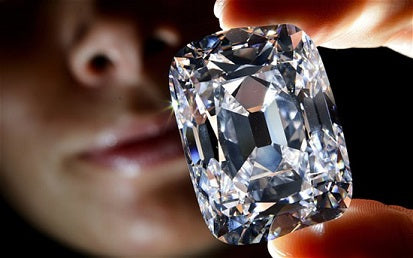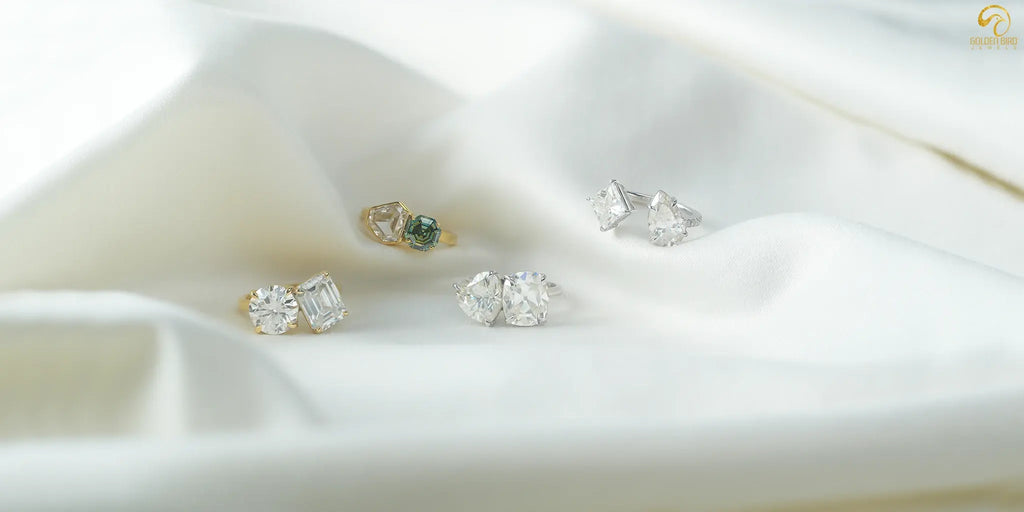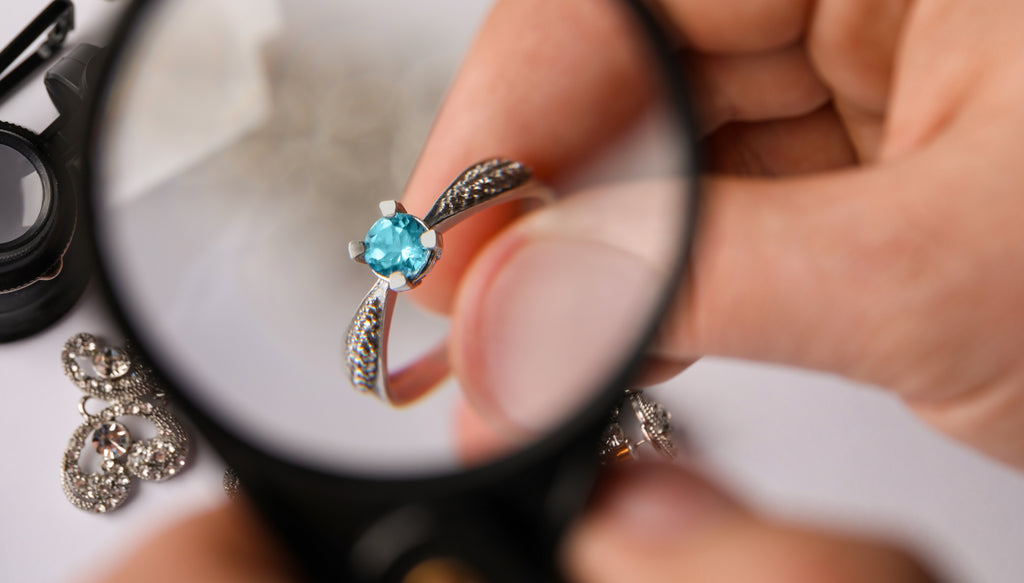Introduction
Have you ever wondered why diamonds are often touted as the epitome of rarity and luxury? Is their scarcity real, or is it a well-crafted illusion? For decades, the diamond industry has promoted the notion that mined diamonds are exceptionally rare and thus extremely valuable. But how much truth is there to this claim? Let’s delve into the fascinating world of diamonds and uncover the reality behind their supposed rarity.
The Origin of the Rarity Myth
The De Beers Monopoly
The concept of diamond scarcity largely stems from the marketing strategies of De Beers, a company that once held a near-monopoly over the diamond market. In the late 19th and early 20th centuries, De Beers controlled the majority of diamond mines and supply channels. They meticulously managed the release of diamonds into the market to maintain high prices and create an illusion of rarity.
Advertising: A Diamond is Forever
In 1947, De Beers launched the iconic “A Diamond is Forever” campaign, which brilliantly associated diamonds with eternal love and commitment. This marketing masterpiece didn’t just sell diamonds; it sold the idea that they were precious and rare, making them the ultimate symbol of romance and status.
The Reality of Diamond Abundance
Natural Diamond Deposits
Contrary to popular belief, diamonds are not inherently rare. They are found in significant quantities in countries like Russia, Botswana, Canada, and Australia. The key to understanding their abundance lies in their distribution and the way the diamond industry manages supply.
Controlled Supply and Demand
The diamond industry meticulously controls the supply to create an artificial scarcity. By limiting the number of diamonds released into the market, they can maintain high prices. This practice has been compared to that of a cartel, where a few players manipulate market dynamics to their advantage.
The Rise of Synthetic Diamonds
Technological Advancements
In recent years, advancements in technology have led to the production of synthetic diamonds that are virtually identical to Mined Diamonds Are Not Rare. These lab-grown gems are created using methods like High Pressure High Temperature (HPHT) and Chemical Vapor Deposition (CVD), which mimic the natural processes that form diamonds.
Market Impact
The introduction of synthetic diamonds has begun to disrupt the traditional diamond market. These diamonds offer a sustainable and ethical alternative to Mined Diamonds Are Not Rare, often at a fraction of the cost. As awareness grows, consumers are increasingly opting for lab-grown diamonds, further challenging the myth of diamond rarity.
Environmental and Ethical Considerations
Mining Impact
The environmental toll of diamond mining is significant. Large-scale mining operations can lead to deforestation, soil erosion, and water pollution. Moreover, the human cost associated with diamond mining in conflict zones has raised serious ethical concerns.
Sustainable Alternatives
Lab-grown diamonds present a sustainable solution to these issues. They require fewer resources and have a smaller environmental footprint compared to traditional mining. Additionally, they eliminate the ethical dilemmas associated with conflict diamonds, providing consumers with a guilt-free choice.
Consumer Perception and the Future of Diamonds
Shifting Attitudes
As more information becomes available, consumer attitudes towards diamonds are shifting. People are becoming aware of the realities of diamond production and the availability of ethical alternatives. This change is slowly but surely transforming the market landscape.
The Future of the Diamond Industry
The future of the diamond industry may lie in transparency and sustainability. Companies that embrace ethical practices and transparency in their supply chains are likely to gain a competitive edge. The increasing popularity of lab-grown diamonds indicates a growing demand for sustainable and ethically sourced products.
Conclusion
So, are mined diamonds truly rare? The answer is a resounding no. The perceived scarcity is a result of strategic marketing and supply control rather than an actual shortage. As consumers become more informed, the diamond industry’s longstanding myths are being challenged lab created diamonds, paving the way for a more transparent and ethical market.
In the end, whether you choose a mined diamond or a lab-grown one, the most important thing is to make an informed decision that aligns with your values and preferences. After all, the true value of a diamond lies not in its rarity, but in the meaning and memories it symbolizes.




